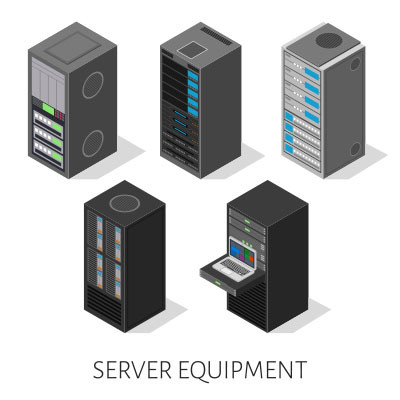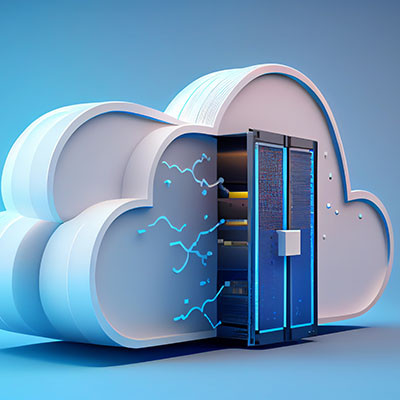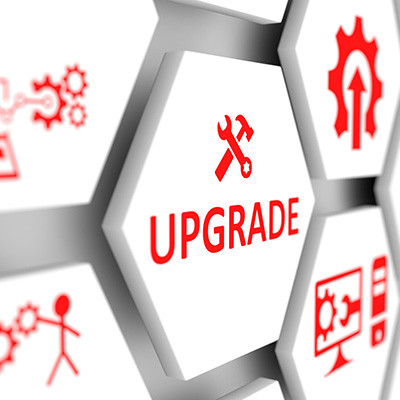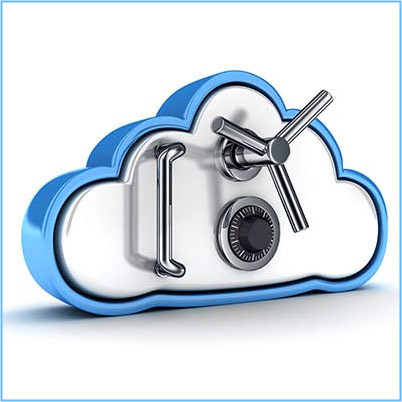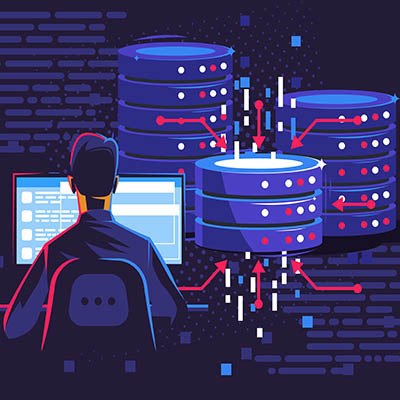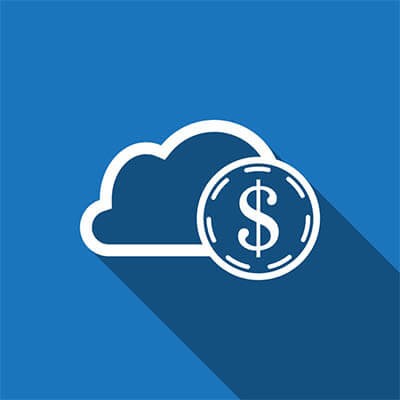Servers contribute a significant effort toward your computing infrastructure, so it makes sense that you want devices that can fulfill your needs with performance, reliability, and security. To get the most out of your server units, we like to recommend you consider the following six tips when choosing new server hardware.
Phantom Technology Solutions Blog
With technology taking center stage for most businesses over the past couple years, you might consider yourself fairly knowledgeable about most business-related technology out there. Still, we want to cover five that are the most trendy and, coincidentally, pretty great for business, too. Let’s dive in.
Many companies, individuals, and organizations have sought to get the most value out of cloud computing, making it an industry that also requires a certain level of regulation. With its increasing integration into our daily lives, it’s no small wonder that there is a greater effort to control certain aspects of it. Here is what you can expect from cloud regulation in the near future.
The cloud has become a hugely popular resource for businesses of all sizes to lean on for a multitude of needs, many using it for some form of data storage. While using the cloud for this means, however, it is wise for you to do everything available to secure the data you’ve stored there. Let’s go over a few things that we recommend you do to help protect your data.
If you consistently find that technology in your office causes more problems than it’s worth, perhaps it’s time to take a closer look at what you could be doing better with your infrastructure. We want you to look at failing or inoperable/inefficient technology as an opportunity for improvement rather than another large expense. A good hardware refresh centered around your organization’s needs can revitalize operations and improve your bottom line.
If your team has trouble using the technology in your office, then you might be staring down an opportunity to completely revolutionize the way your business functions through the use of new business technology. It could be something as simple as your hardware being old or your systems needing a reexamination of your business processes; whatever it is, upgrading your business technology can pave the way forward.
How much time does your business invest in software and its management? There are some that you can’t really go without, like email solutions and productivity suites, but you might have other specialized software that also requires attention. When you acquire new software, you can either go the traditional route or you can go the Software-as-a-Service route. Which path is the best choice for your business?
Let’s face it… “government” and “innovation” aren’t usually associated with one another. Despite the finances that these organizations have, these funds are generally spoken for (on top of not always being used as efficiently as they could be). However, some government operations have started embracing cloud services, which has led to benefits for their entire communities.
While we're big proponents of cloud services, including those used for data storage, it is important to point out that it isn't just a matter of having a cloud. Whether you're using your cloud storage as your business' primary data storage or simply using it as a backup, part of your considerations needs to be whether or not your cloud storage remains secure.
Smart devices have enabled individuals and businesses to push the limits of connectivity, allowing them to have unprecedented amounts of control over their offices and homes. People can turn down their thermostats or lock the front door with the click of a button, as well as control how much power their homes consume. However, security is a pain point for these types of connected devices.
Have you stopped to consider how much your business spends every year on data storage and warehousing? If not, you might be surprised by how much this process actually costs, both in terms of capital expenses and operational costs. We’d go so far as to say that you’re spending more than you need to.
The primary difference between an enterprise and a small or medium-sized business is simply how big it is. Due to this size, many of the tools used by enterprises are so powerful and dynamic that they can easily be used by businesses much smaller. Let’s take a look at what some of these technologies and processes are.
Profitability is less the measure of being able to turn a profit, and more the measure of how much profit you can make. For the successful small business, the integration of technology can dictate what kind of annual margins you are looking at. For the new company, however, it can be something even more critical: the difference between setting a course for success, or wallowing in failure. Today we analyze the cost difference between hosting your IT in-house, or choosing to host it in the cloud.
The cloud has proven to be an extremely useful tool for the modern business. Not only does it provide anywhere-anytime access to applications, processing, storage, et al; it also delivers those products as a service, allowing you to budget for recurring costs rather than major upfront ones. This provides your organization with functional, supported, and secure computing environments that eliminate a lot of the support costs that traditional computing environments require. It sounds like a perfect scenario for small and large businesses alike, but things aren’t always what they seem, as a lot of cloud users have found that they have incurred several hidden costs by using cloud platforms. Today, we take a look at these hidden costs.

